'Working Out With Natural Hair Isn't Always Easy, But My Health Depends On It'
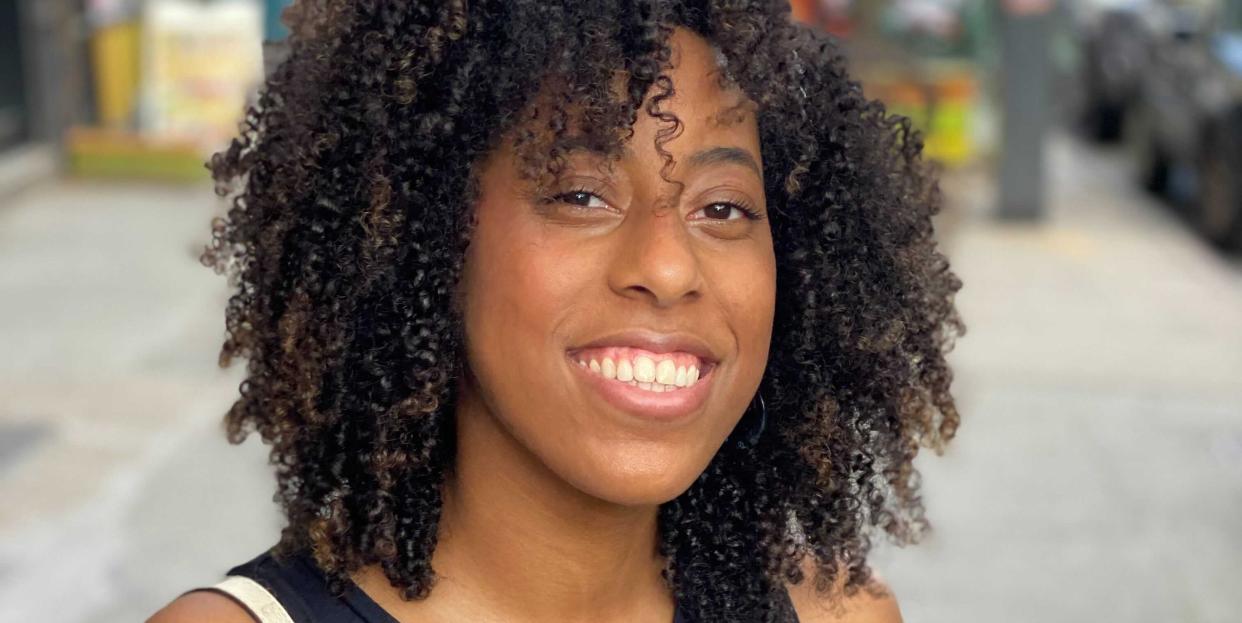
Don’t get me wrong, I love my natural curls. But they can be a bit of a hindrance when it comes to working out. I’ve seen my wash-and-gos transform into wash-and-nos after a good sweat sesh, usually leaving my scalp dry and coils less defined. Sometimes, admittedly, I skip exercising altogether to preserve a fresh twist-out or a recently blow-dried ’do. Before you judge, this dilemma extends far beyond vanity for many Black women. It’s also about ingrained societal pressure to groom our hair to a point of “acceptability” and explain our hairstyles and practices in the workplace, among friends, and—yes—in the gym. Both were reported by Black women as barriers to physical activity (along with time and money spent on hair!) in research in Frontiers in Public Health.
Lately, I’ve taken comfort in at-home workouts that allow me to skip scanning the gym’s complimentary hair products, which rarely cater to Black women. But some days, the time-consuming detangling session still outweighs the at-home workout. Yet I’m committed to sweating. Why? Because it’s about more than just hair. Cardiovascular disease kills nearly 50,000 African American women annually, according to the American Heart Association. And by the time we hit age 20, almost half (yes, 49 percent!) of us have heart disease. Regular activity can prevent or at least help manage these conditions. So it’s time to take matters of hair and health into our hands—stat. Here’s how.

Understand Your Structure
The key to developing a more manageable ecosystem for your hair and your fitness life begins with a better understanding of the follicle itself. A curly strand “has more of an elliptical shape, so the hair comes out at an angle,” says Bridgette Hill, trichologist and colorist with Paul Labrecque Salon & Spa. The growth pattern is curvy and winding, which can lead to more breakage. Plus, African-descent hair types and textures have a greater number of disulfide, or sulfur, bonds, says Hill. These naturally occurring factors make the hair more susceptible to wetness, causing shrinkage and swelling and giving your edges that frizzy appearance after a workout. And because the hair cuticle has so many openings due to its curvature, any disruptors (e.g., oxygen, heat, sweat) impact the hair at a more intense level. Whew! That’s a lot, but it’s not all bad: Certain elements change the state of your hair, yes, but sometimes for the better. Sweat is 99 percent water—in the hair, it’s a combo of H2O, sodium, and oils excreted by the scalp. In fact, Hill calls sweat the body’s own leave-in conditioner. (You just have to work it.)

Create a Regimen
You should prioritize retaining moisture, similar to how you put strength training at the top of your to-do list. This starts with a great washing schedule, says Sophia Emmanuel, an IAT Certified Trichologist. Let’s be honest: How many times have you been told that you can go forever without washing your hair? Here’s the truth: While Black women can get away with shampooing less often, there’s no reason you shouldn’t be cleansing consistently. Aim for once a week and no more. If you wait too long to clean hair after working out and slick it back into a ponytail or bun, the combo of sweat, bacteria, and product buildup in your scalp will create dryness, Emmanuel says. So in between washes, she suggests applying a gentle astringent, like witch hazel, to your scalp with a spray bottle or cotton ball to lift up any dirt.
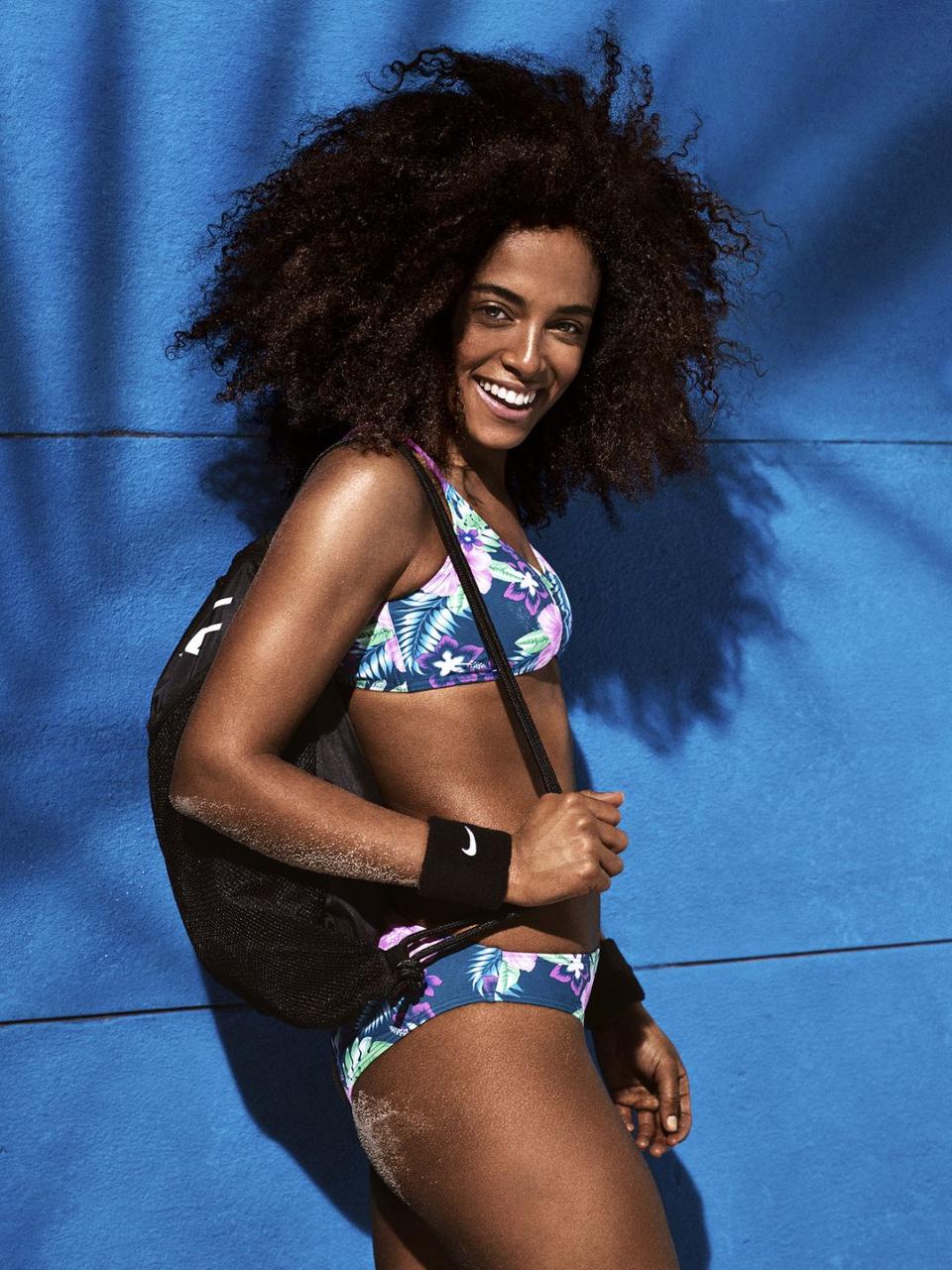
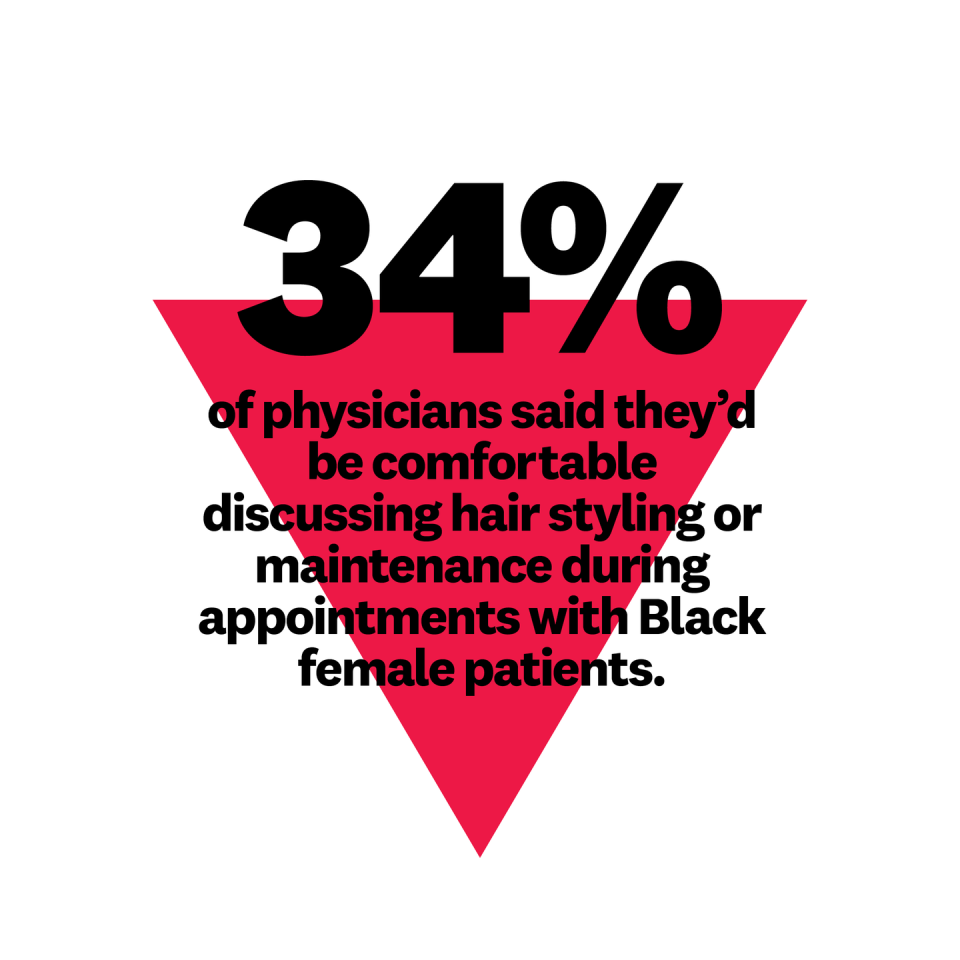

Find Your Product BFFs
Once you’ve set a routine, focus on aftercare. This depends heavily on your curl type and texture. Hill breaks this down into four categories. To find your match, read on!
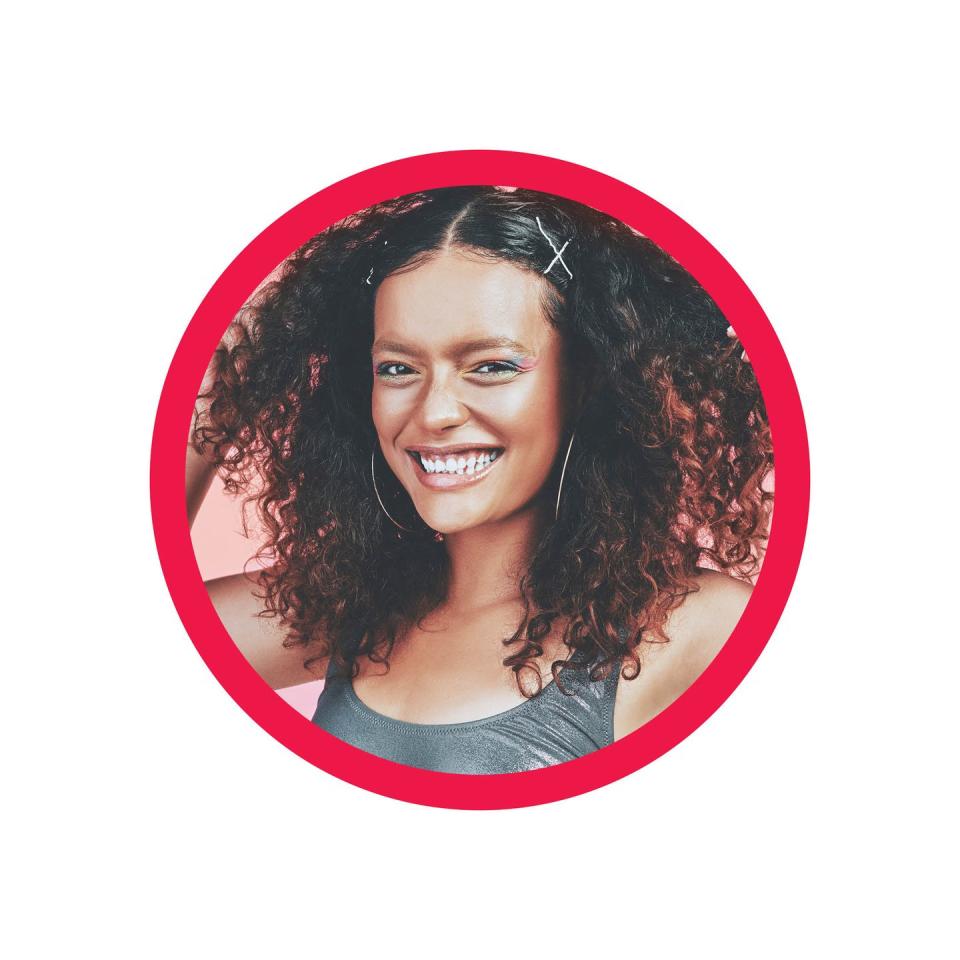
Fine hair, loose wave to curly hair texture
This hair fiber will typically have more elasticity since the holes in the strands are closer together, meaning it can become weighed down by cream-based moisturizers (even though common sense would tell you they’d be super nourishing!). The hair also absorbs a lot of frizz-making water, so Hill suggests “pre-’poo” oil treatments. Oil applied to dry and dirty hair will fill those exposed areas of the cuticle and any excess will be removed during the shampoo. Follow up with a water-based styling product for a soft bounce.
Looking for a quality pre-shampoo oil? This one, made with soothing lavender and orange essential oils, will help cleanse and purify your scalp.
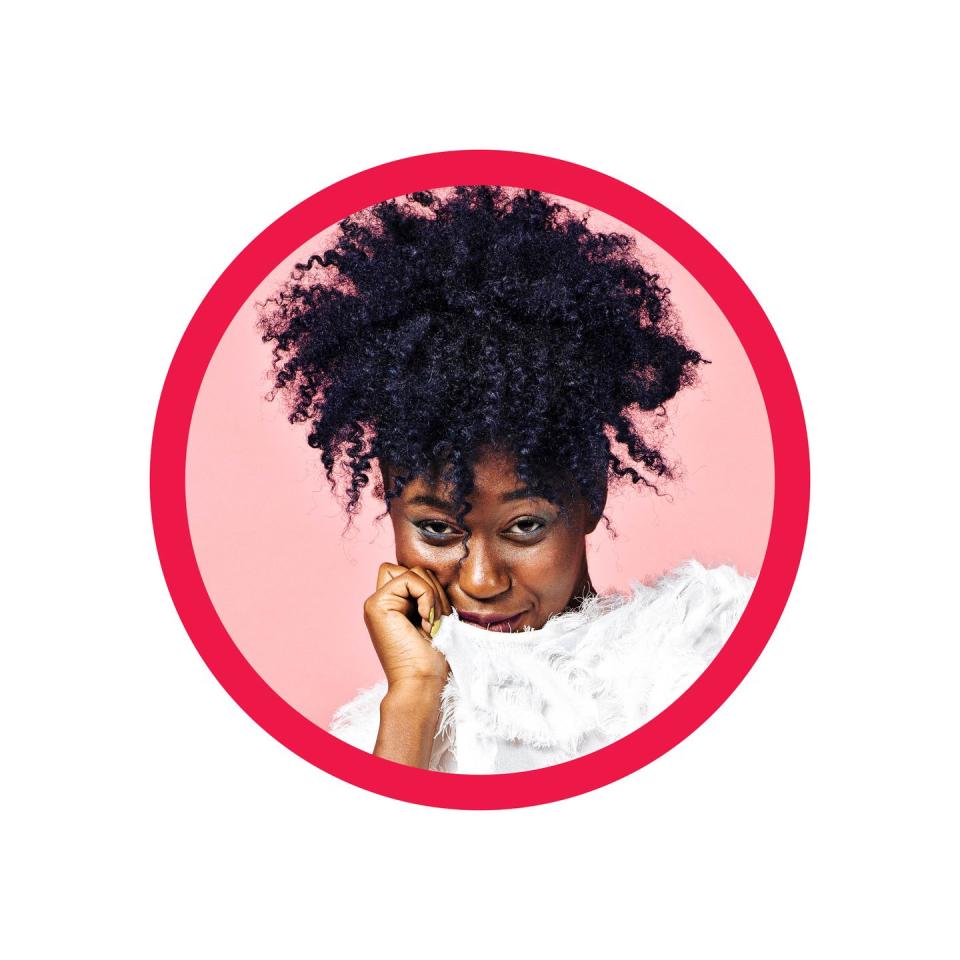
Medium hair, loose wave to curly hair texture
Your hair requires creamier products with heavier moisturizers to create more definition. Opt for conditioning goods that contain fatty acids (think: avocado oil, coconut oil, and shea butter). Mmm, rich.
Thanks to the soybean oil and shea and cocoa butters, this treatment is great for highly porous hair that needs a boost to really lock in that moisture.
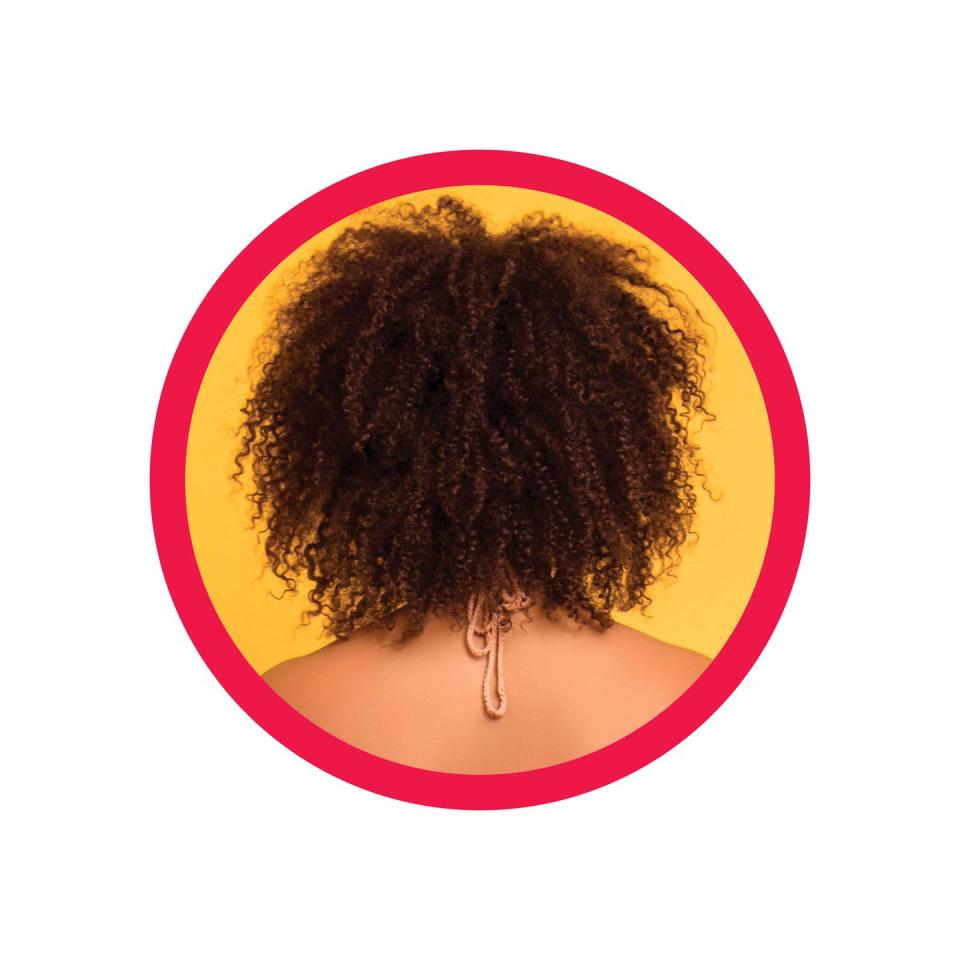
Coarse, thick hair, loose wave to highly curly texture
A daily combo of water plus a heavier cream-based or oil-based moisturizer will give your hair the elasticity it needs. Layer more of the product if you want a defined look and less if you want to stay closer to your natural hair texture—with a little frizz and ’fro to it.
Here’s a heavy cream—perfect for thicker, coarser hair—that will leave curls hydrated and supple.
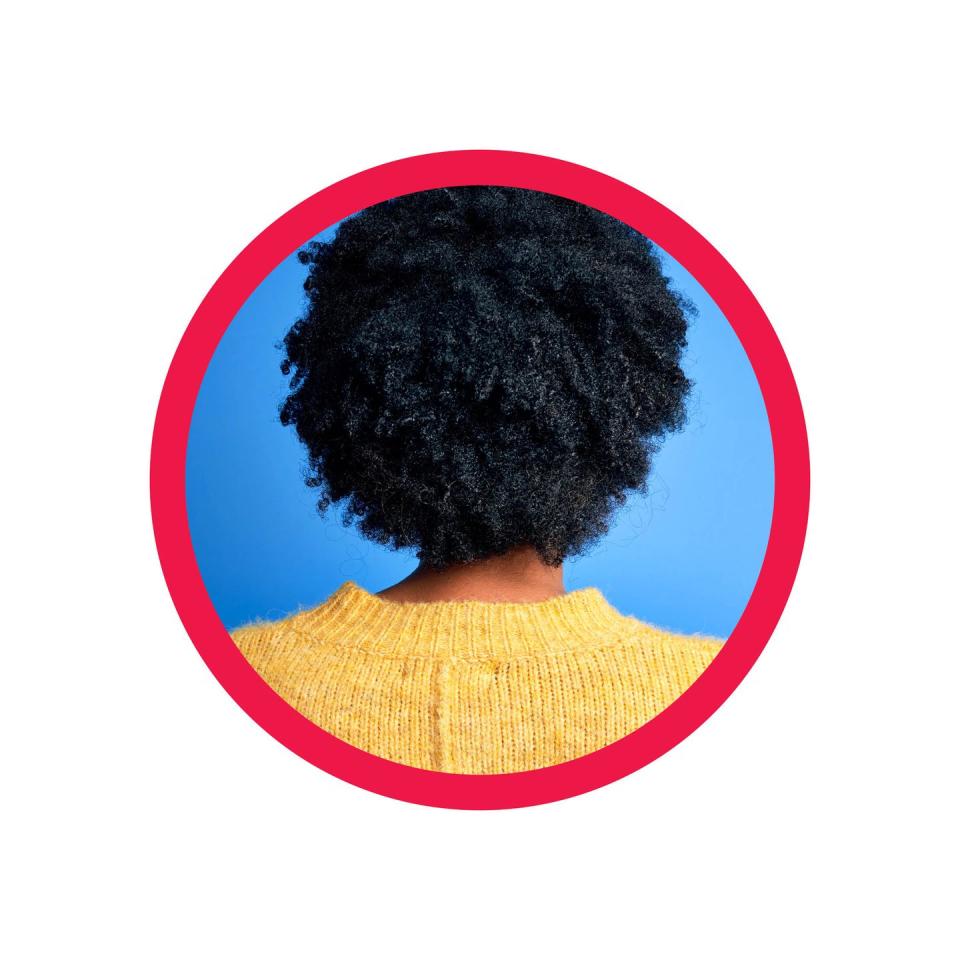
Very curly texture to tightly coiled
It can be challenging to retain moisture in this case, but there’s an easy fix: protein. Hill suggests infusing hair when it’s dry and dirty with protein-based conditioners or masks (to serve as binding agents), then rinsing them out.
Use this scalp tonic in lieu of a shampoo in between washes. It will help rid your hair of product buildup and restore pH levels


Choose Your Style
The final step in this journey: styling. The key is to avoid central centrifugal cicatricial alopecia (CCCA), a common cause of alopecia or hair loss among Black women due to styling, genetics, and scarring around the hair follicles. Remember, your scalp produces natural bacteria when you sweat, and certain styles (hello, high ponytails or buns) can lock it in, leading to follicle breakdown and hair loss. Experts agree you should pick a style that allows you access to the scalp. Braids are good, but try to steer clear of adding extra hair or extensions as these cut down on breathability and increase tension. Your safest bets are twist-outs, flexi-rod sets, twisted updos, wash-and-gos, and short, natural cuts.
Worried about your edges? Grab a wide headband to help absorb moisture from the hairline. WH hearts Laid Headwear, which offers wicking-fabric headbands designed with Black women’s twists, coils, and curls in mind.
You Might Also Like

